How can art therapy be a solution to your problems? Sometimes, the solution to your problem just won’t come into your head, yet your thoughts are spinning at 100 kilometers an hour, and you feel like your brain is going to explode.
It’s times like this that you could do with trying some ‘art therapy’.
At its most basic, the only preparation you need to carry out for this is to grab a pencil and a sheet of paper. Then, just start drawing. It doesn’t even matter what you draw. Within a certain amount of time, your thoughts will become more harmonious and you’ll calm down.
To help you get started, here’s what to do if you’re feeling…
21 Different art therapy exercises for different emotions
1. Tired: draw flowers.

It helps re-energize your mind and clear brain fog.
2. Angry: draw lines.
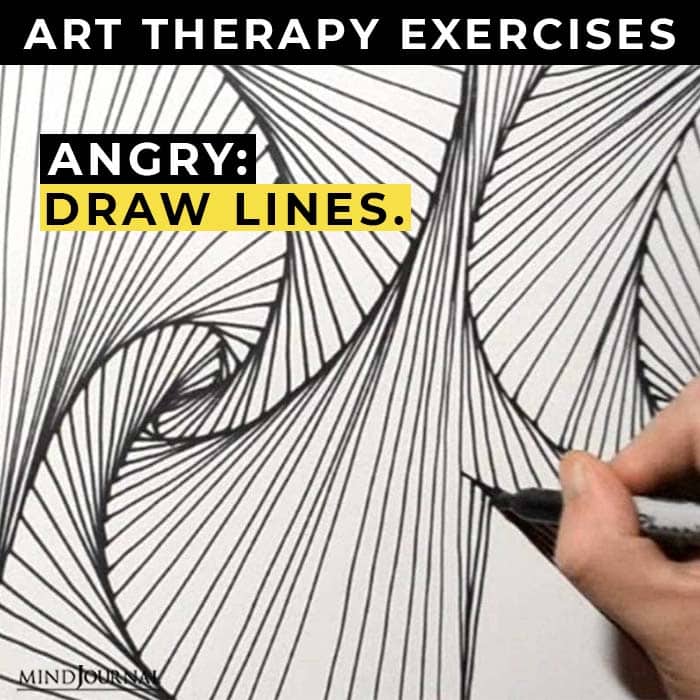
Use simple lines (the most basic aspect of an art that contains a lot of emotions) to demonstrate how you are feeling.
3. In pain: build a model.
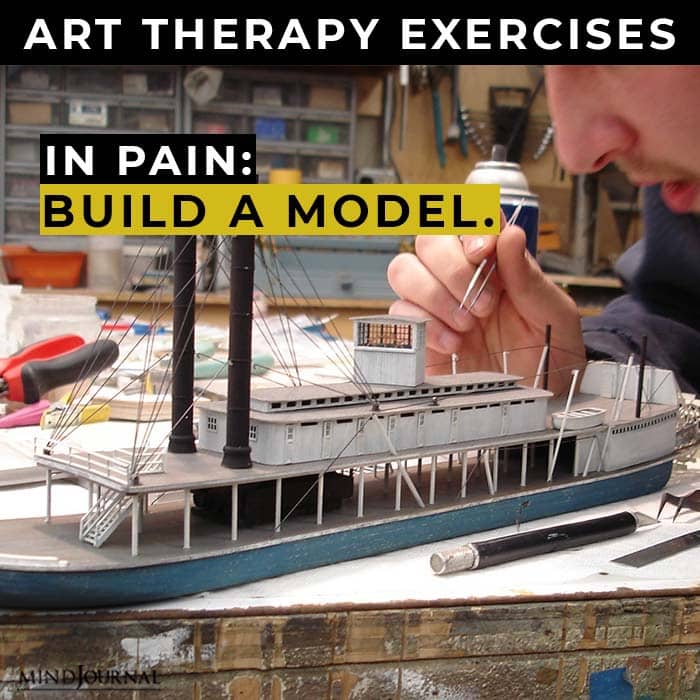
It help you express yourself and is fun and calming.
4. Bored: color a sheet of paper in various colors.

Coloring is a great way to relax and be happy.
5. Sad: paint a rainbow

It’s all about happy colors that will remove sadness from your mind.
6. Scared: knit something.
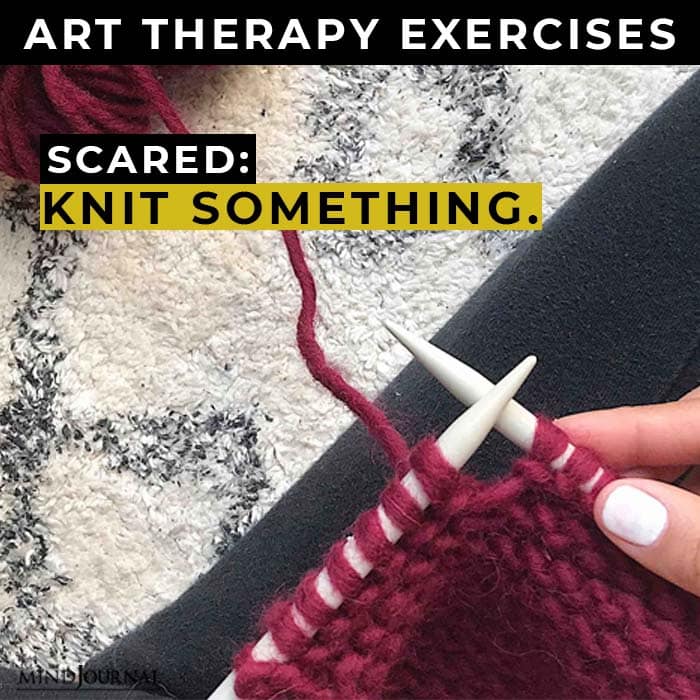
The repetitive and rhythmic motions that make up knitting is the key to calming anxiety and relieving stress.
Related: 15 Art Therapy Exercises to Control Your Mind and Channel Your Emotions
7. Worried: make a doll

Transfer your anger or worries to an inanimate object.
8. Indignant: tear a piece of paper
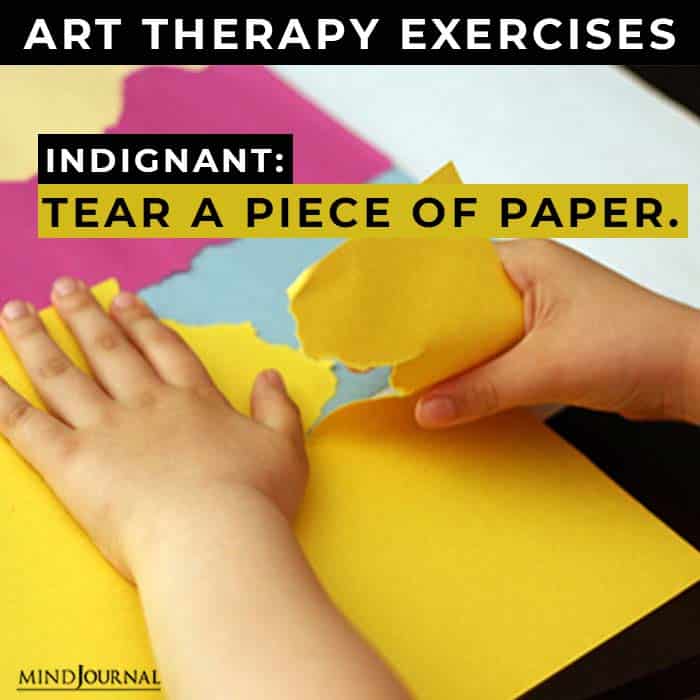
Tear a piece of paper and arrange it into a pattern, which will act as a symbolic release whenever you feel enraged.
9. Anxious: do some origami.
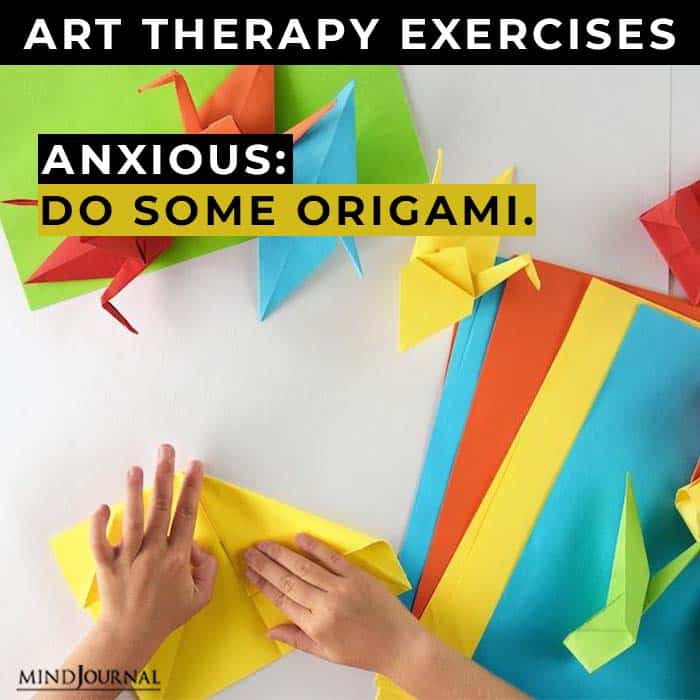
As the design comes into fruition, you will be able to solve your problems and feel a sense of satisfaction and achievement.
10. Tense: draw patterns.
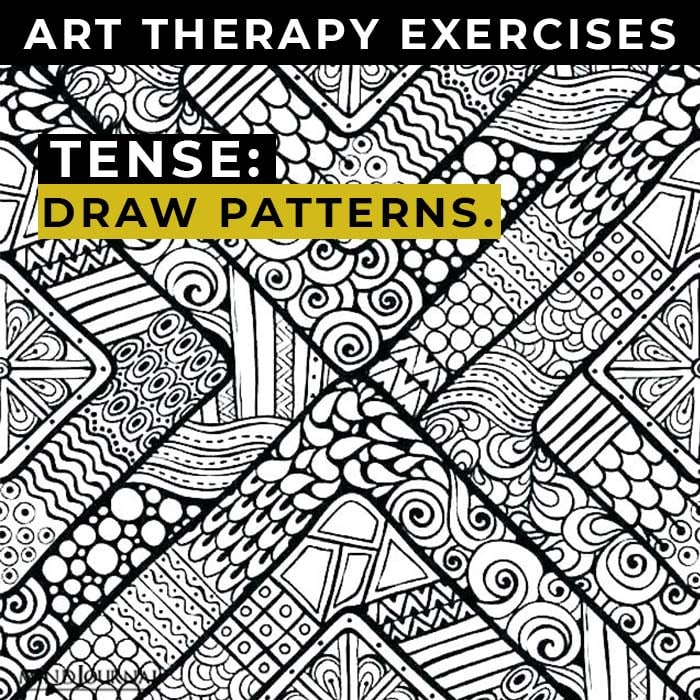
Drawing patterns help you express emotions that may be difficult to put into words.
11. Nostalgic: draw a maze.
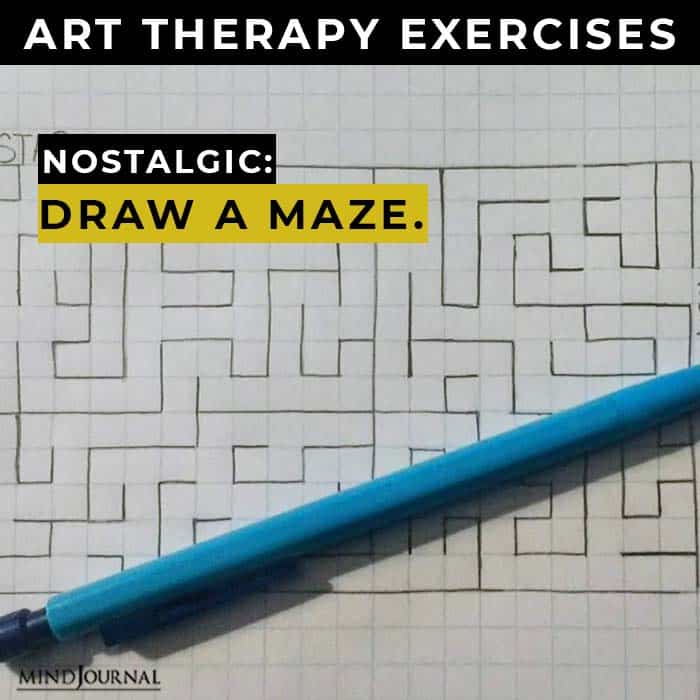
It helps you pour out your feelings of confinement and emotional barriers and feel relaxed.
12. Disappointed: copy a portrait or painting.
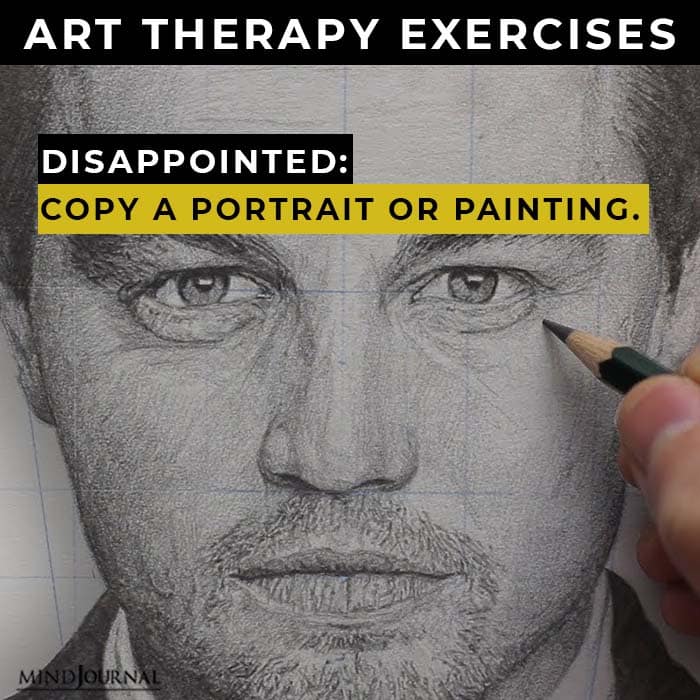
It helps you become more tolerant and accepting towards your disappointment and anxiety.
13. In despair: draw your way out.
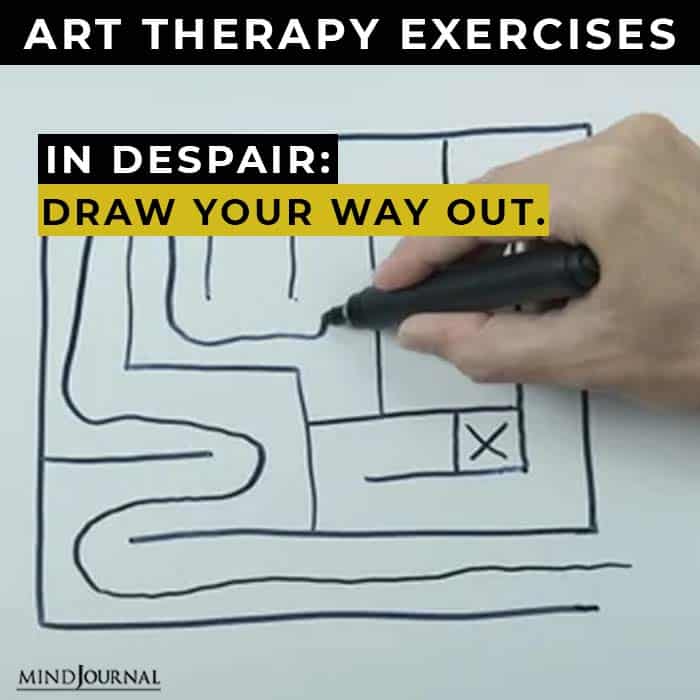
You will feel a sense of satisfaction.
14. Confused: draw an Indian mandala.

Mandala is known as meditative symbol that can easily help you to loosen up and clear your confusions.
15. To restore your strength: make a landscape painting.
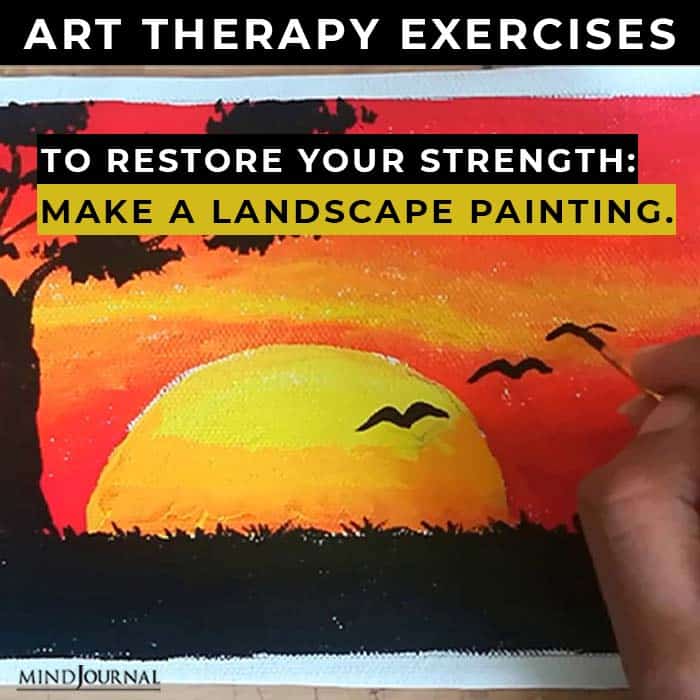
It will calm your nerves when feeling listless, as painting causes flowing of creative juices in your brain.
16. To make sense of your feelings: paint a self-portrait.
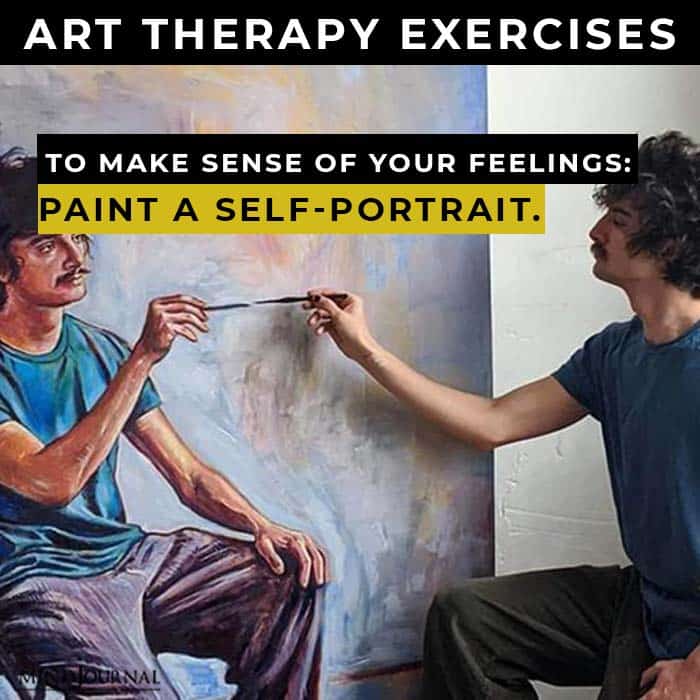
Your self-portrait will help you find your hidden feelings. And creating a future self-portrait, reflecting where you see yourself in the future.
17. To remember this moment: draw some colored patterns.
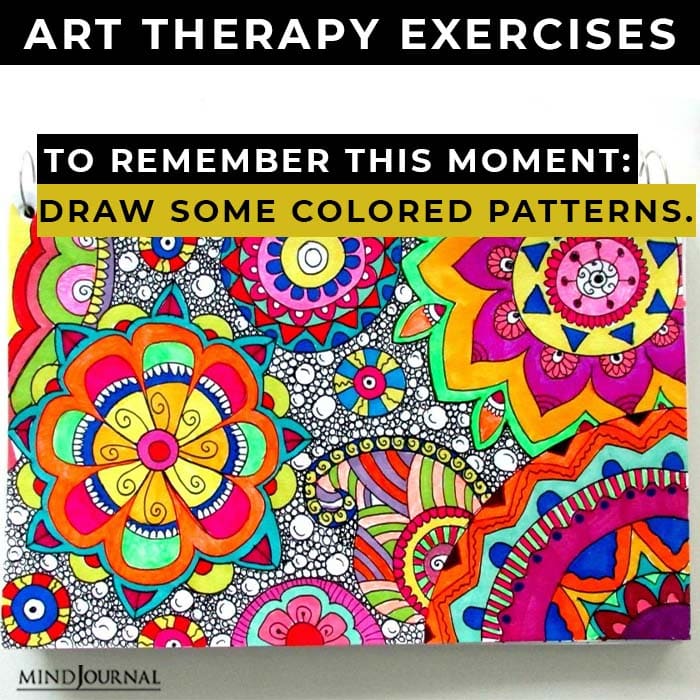
It improves your mood and emotions and leaves a meditative effect on mind.
Related: Ichigo Ichie: The Japanese Art of Living Every Moment
18. To put your thoughts in order: draw honeycombs or squares.
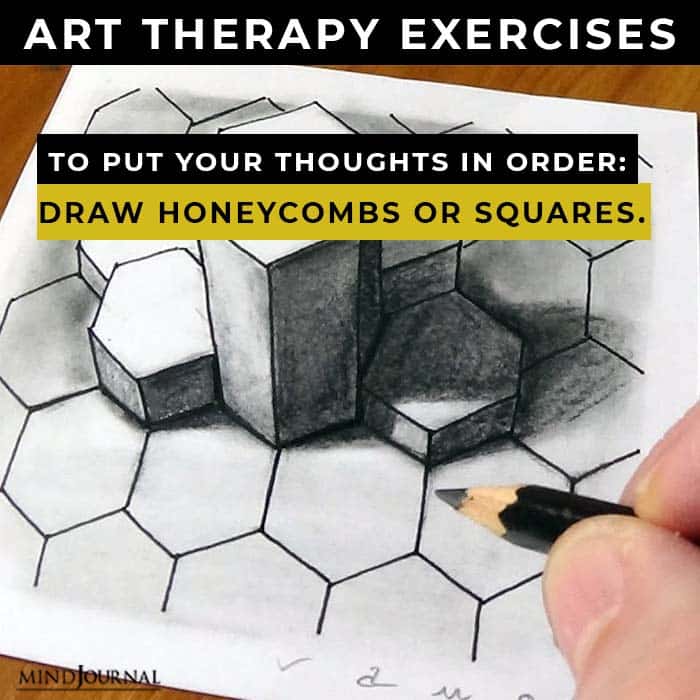
Drawing cells or squares will help you deal with difficult situations by putting your thoughts in order.
19. To make the right choice: draw waves and circles
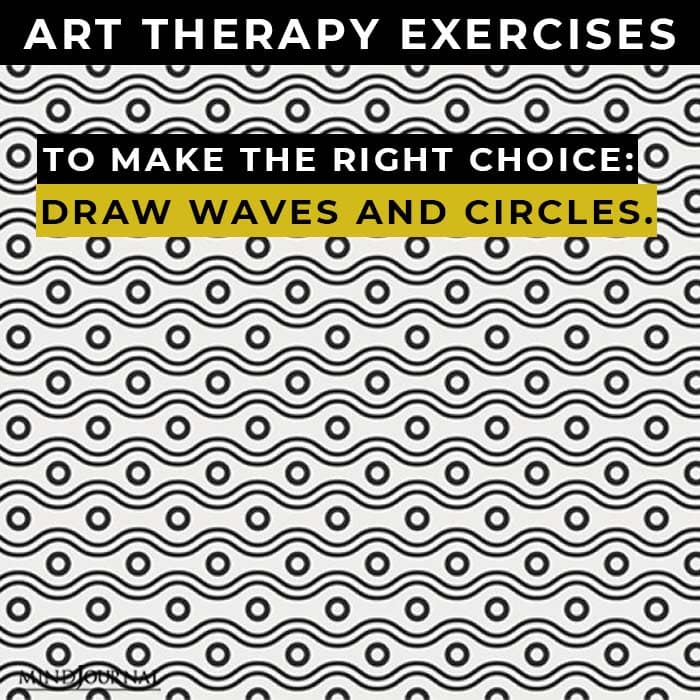
Drawing circles help you find unity and peace.
20. If you’re stuck in a rut: draw spirals
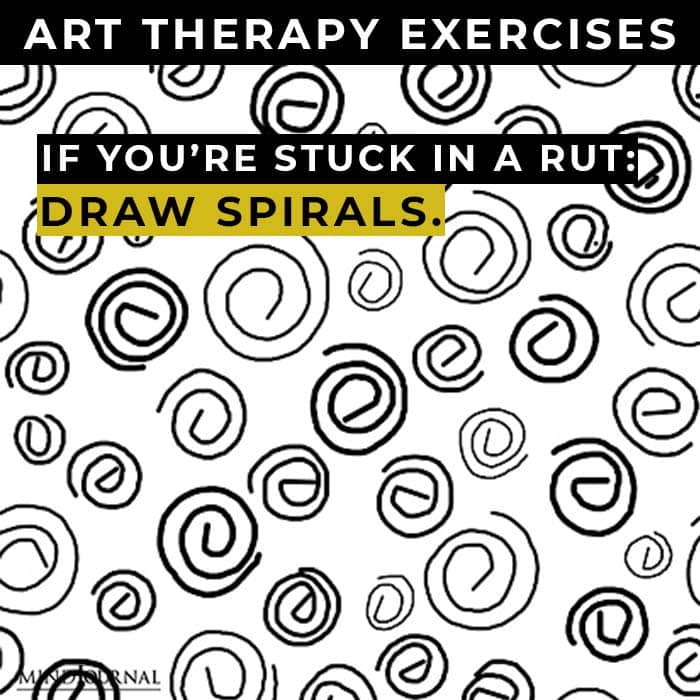
You will achieve a clarity in thoughts and progress in life.
21. To make sense of your most important goal: draw target symbols.
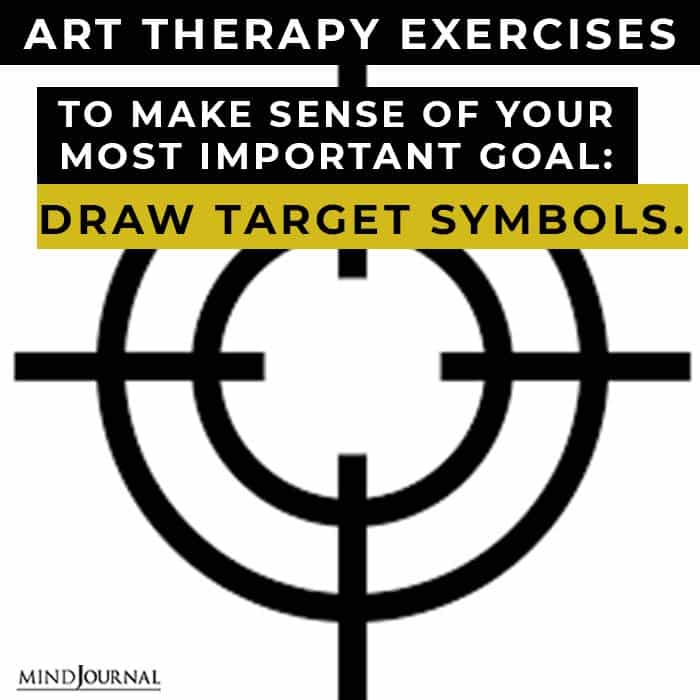
Help you realize, focus on your goals and keep moving..
Are you ready to try art therapy exercises? Or if you have already tried, then let me know your experience in comments.
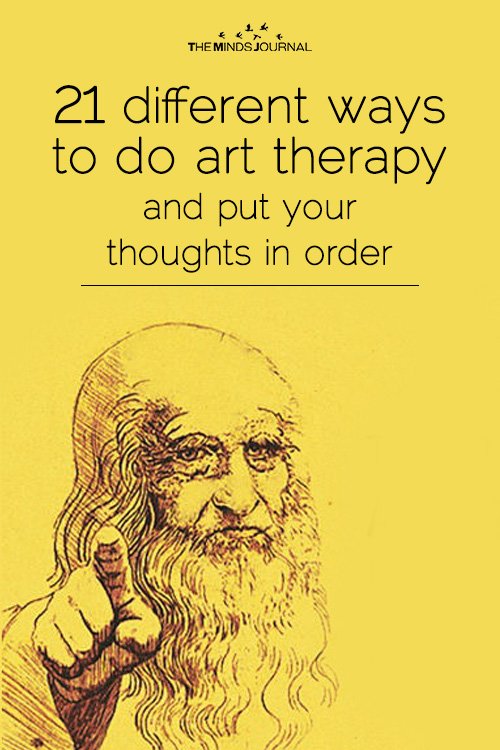
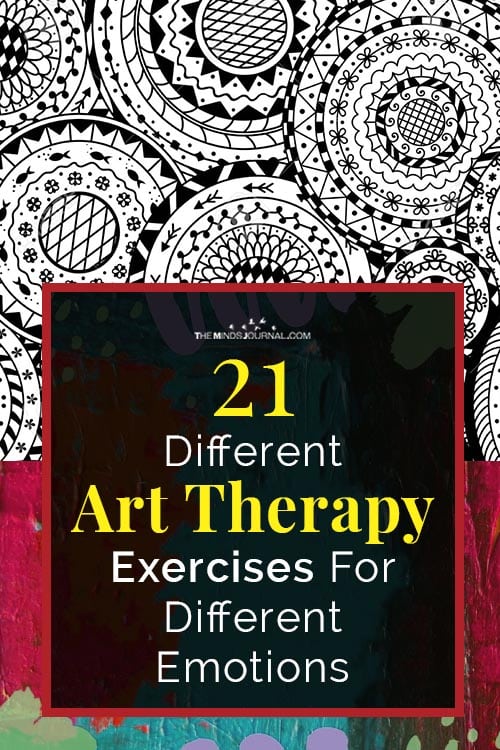


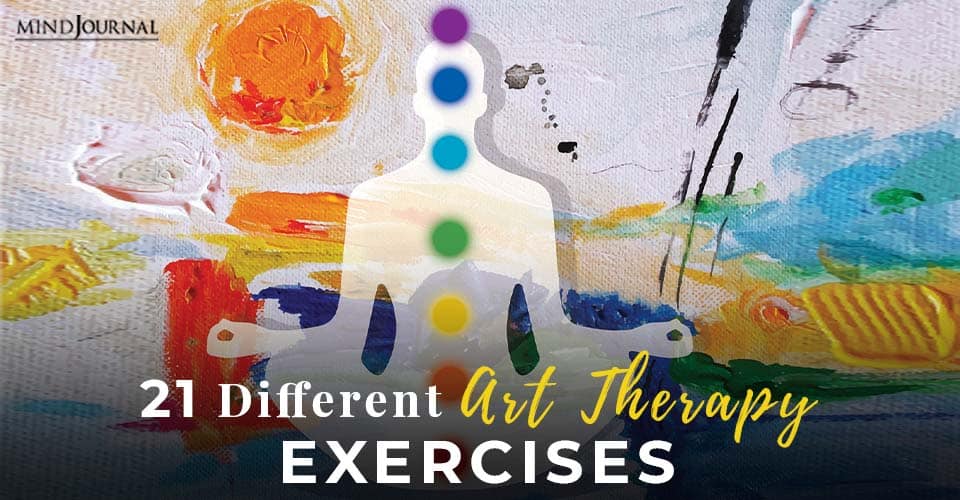
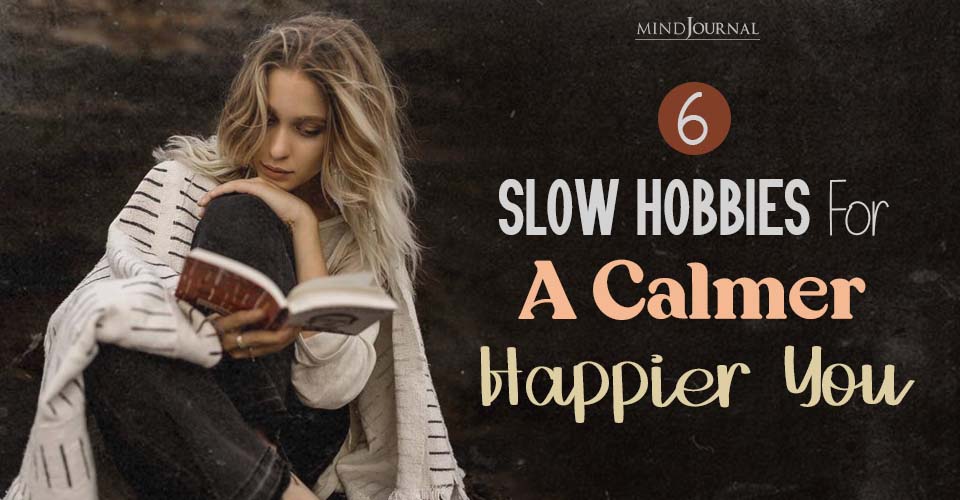

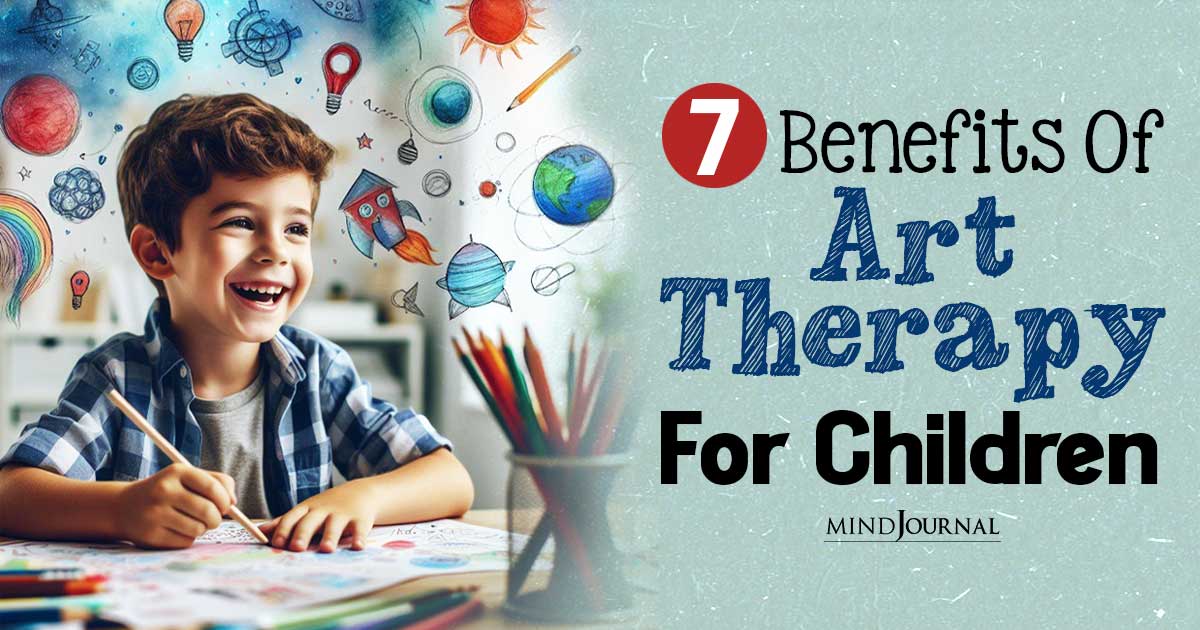
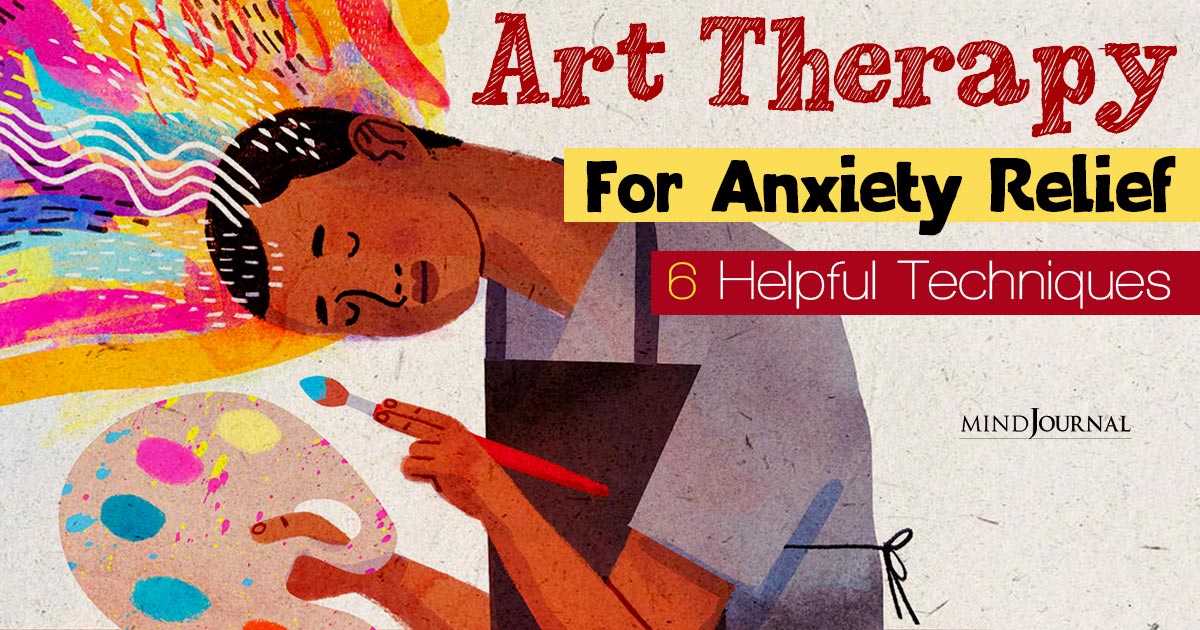
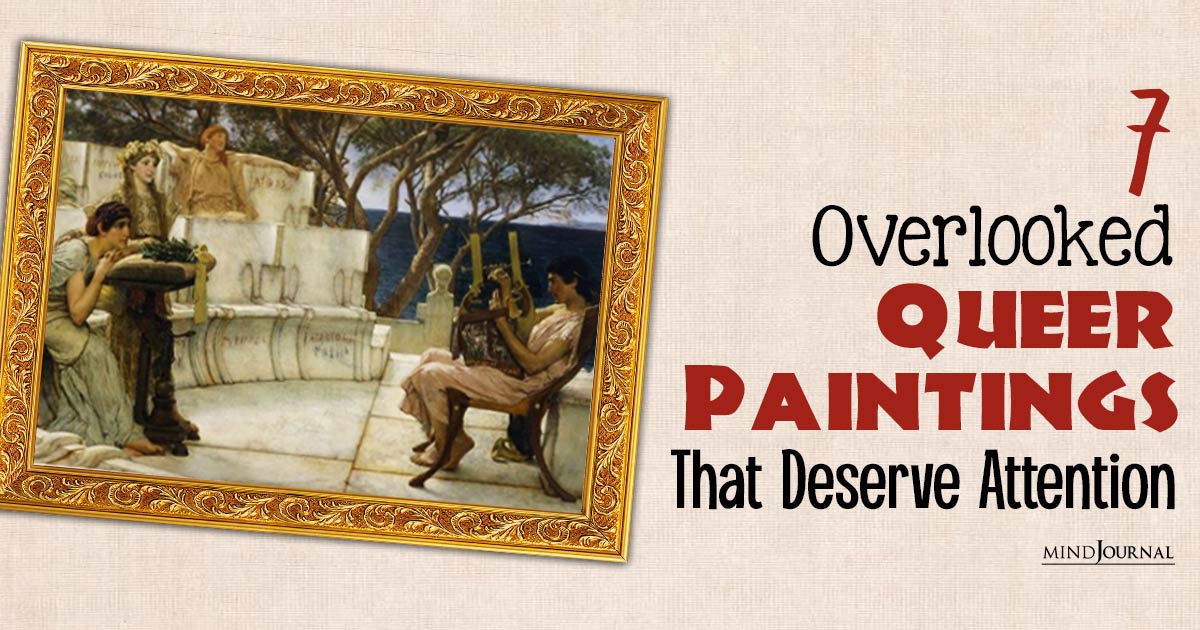
Leave a Reply